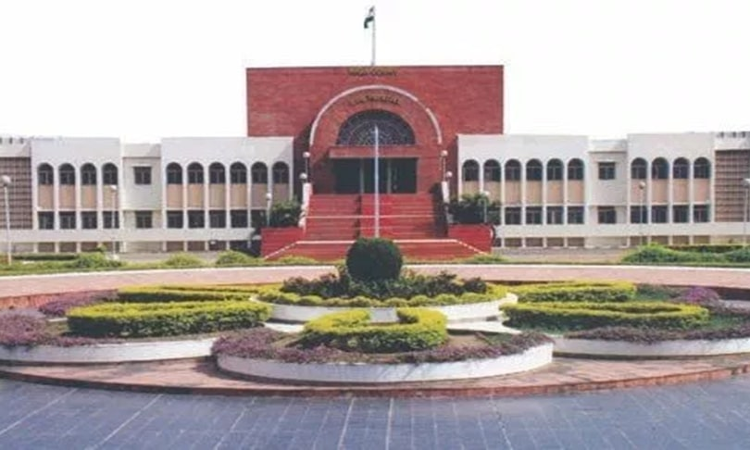Evidence Of Last Seen Together By Itself Not Conclusive That Death Was At Hands Of Accused: Bombay High Court
Zeb Hasan
27 April 2022 6:15 PM IST

Next Story
27 April 2022 6:15 PM IST
The Bombay High Court recently observed that the evidence of 'last seen together' by itself would not lead to the conclusion that the death was at the hands of the accused. Justice S.G. Dige and Justice Sadhna S. Jadhav observed that there was enough evidence to show that the accused, Ganesh, had abandoned the deceased, Sanjay, after the incident and the fact that they were together...
